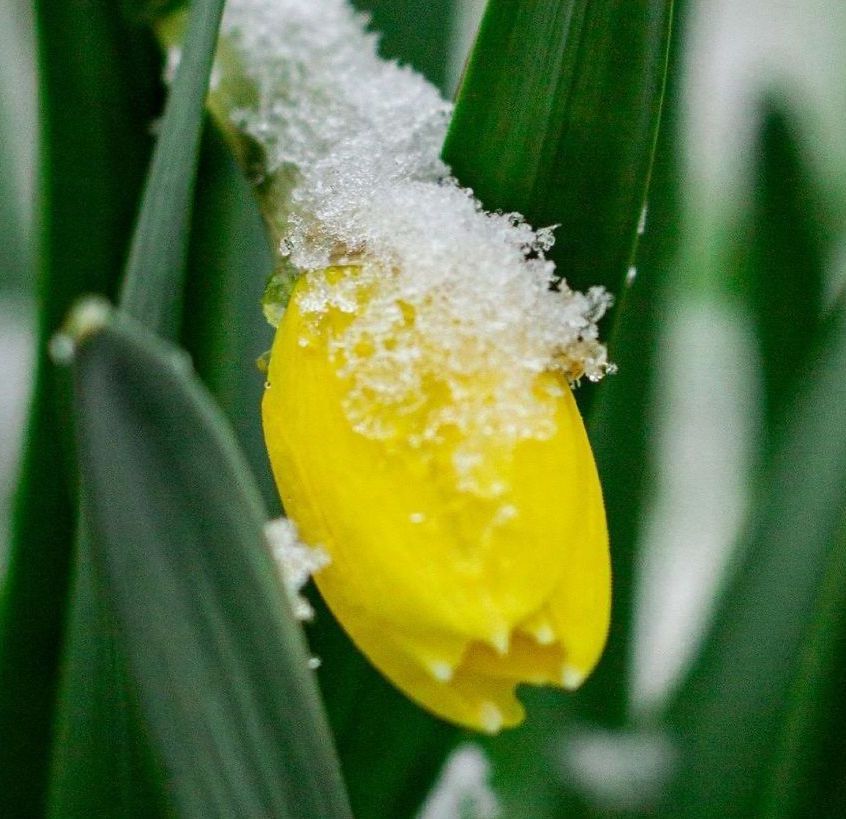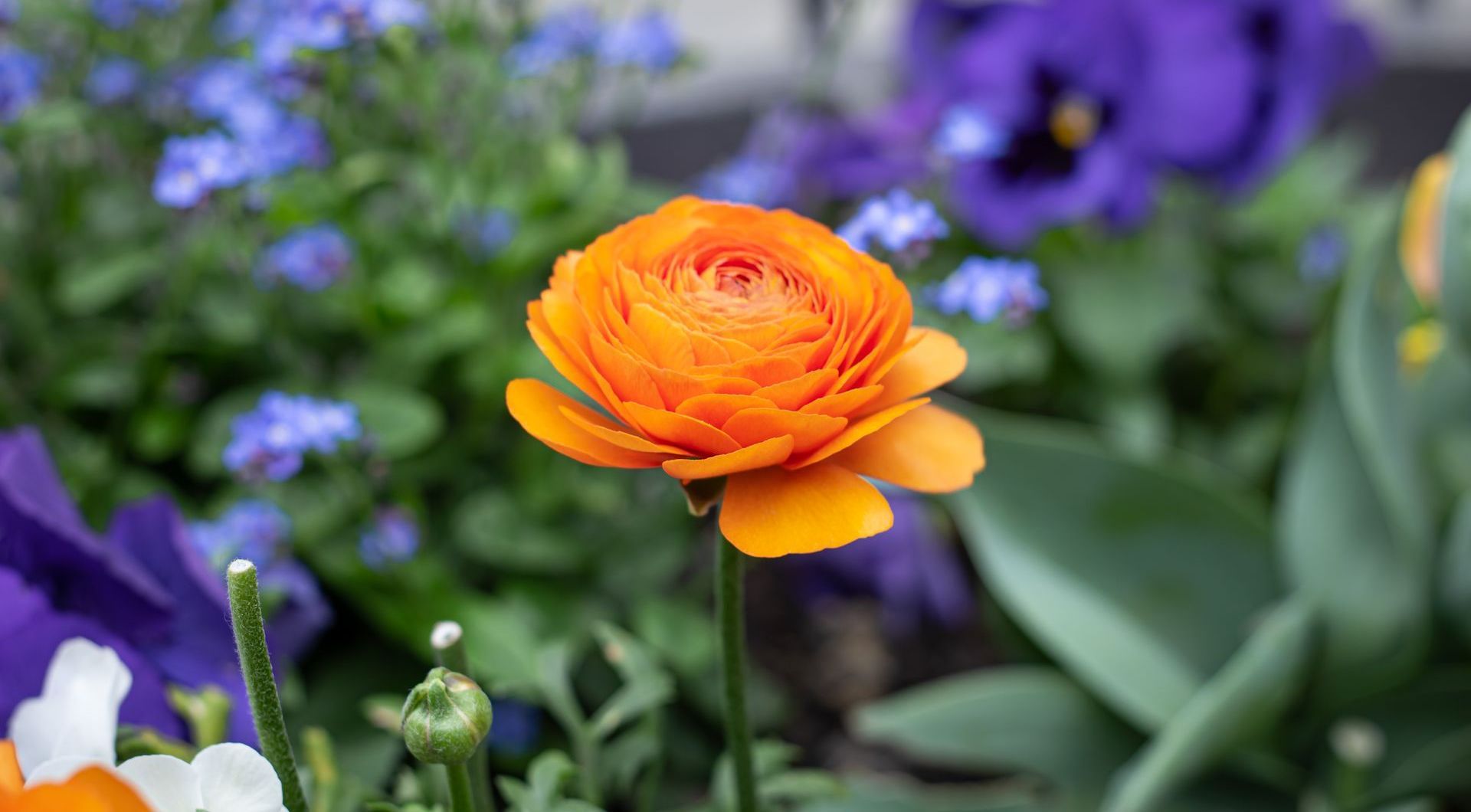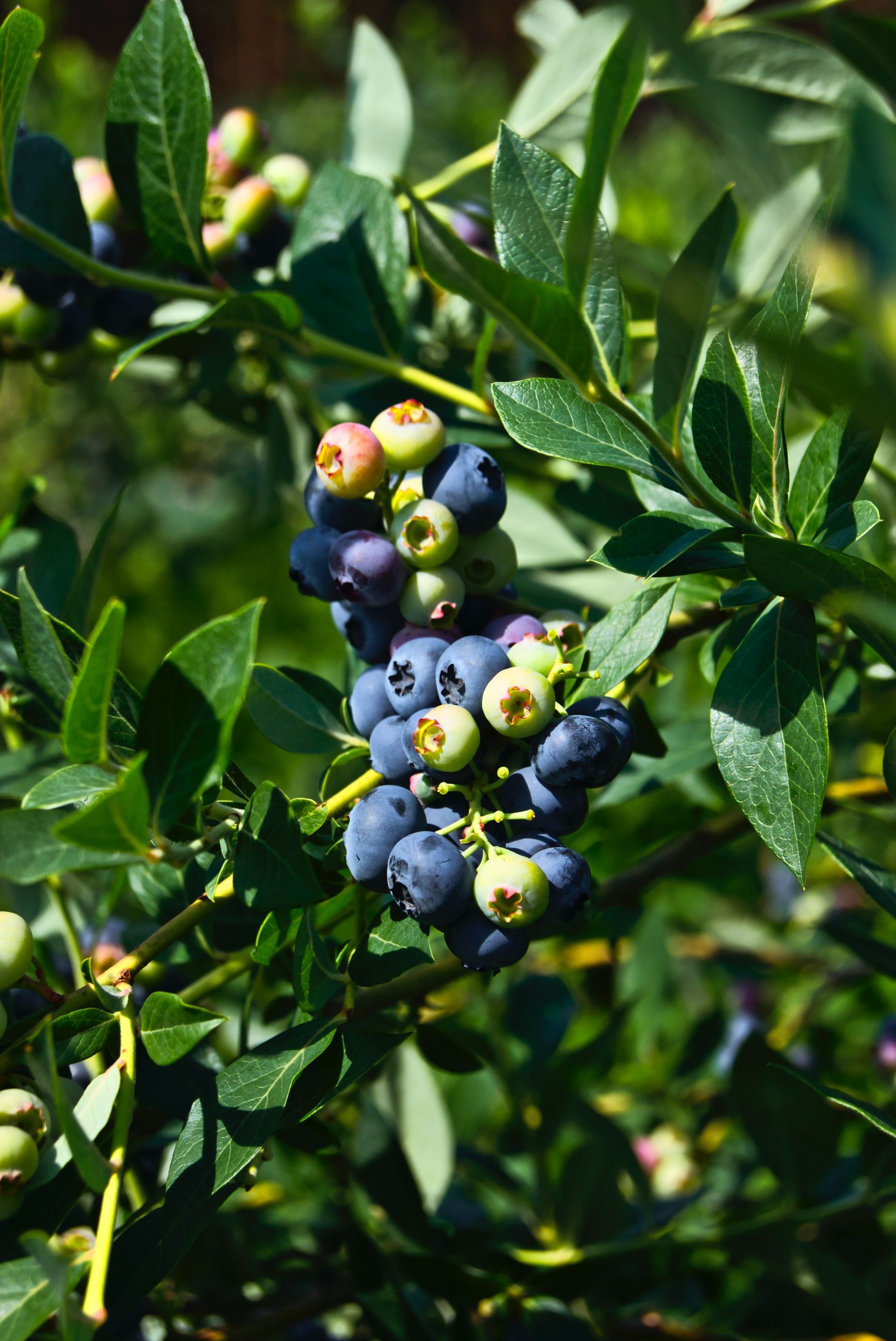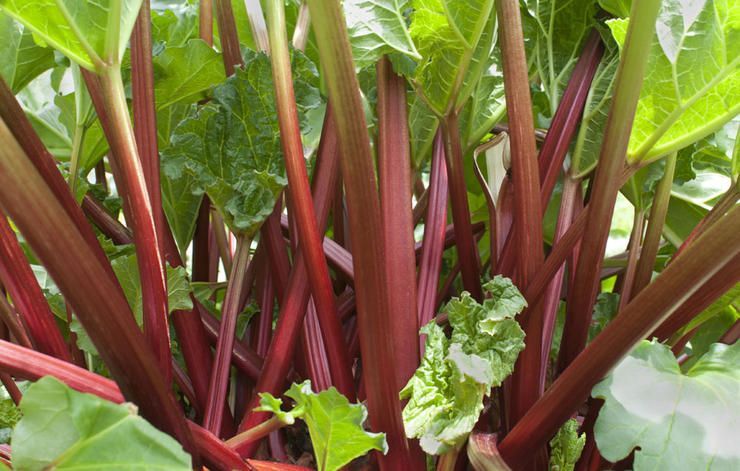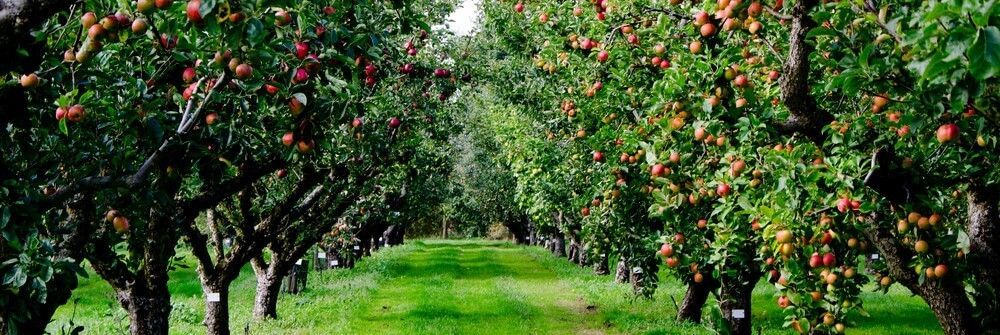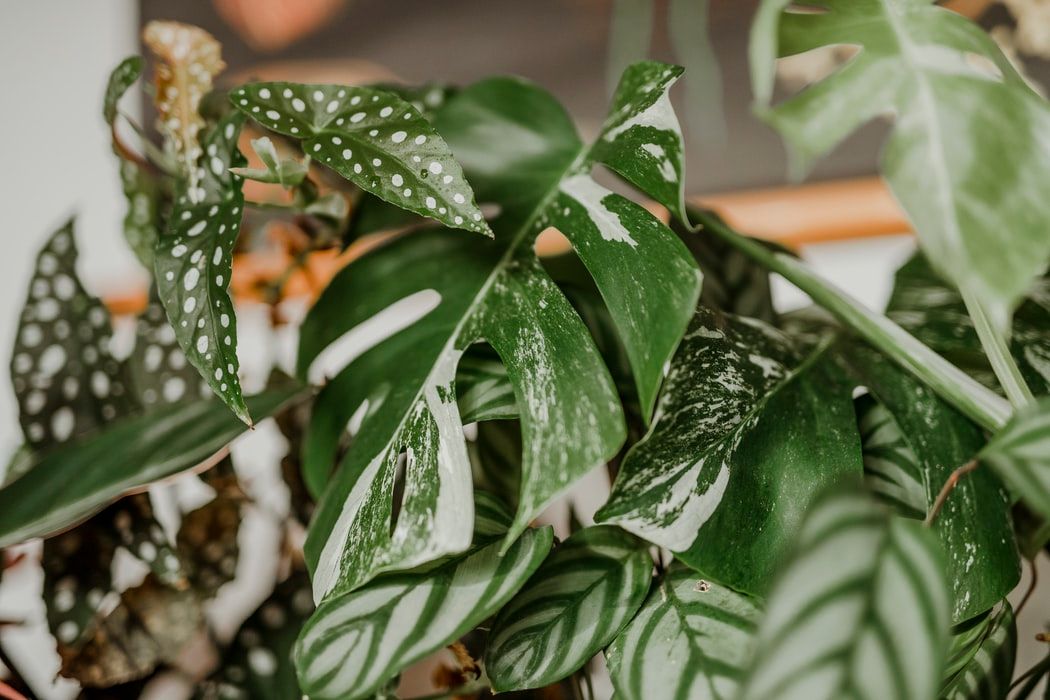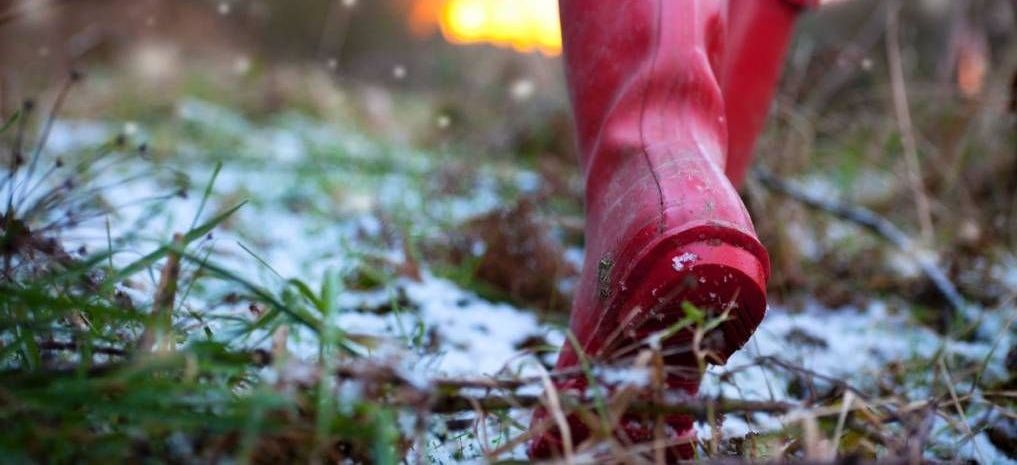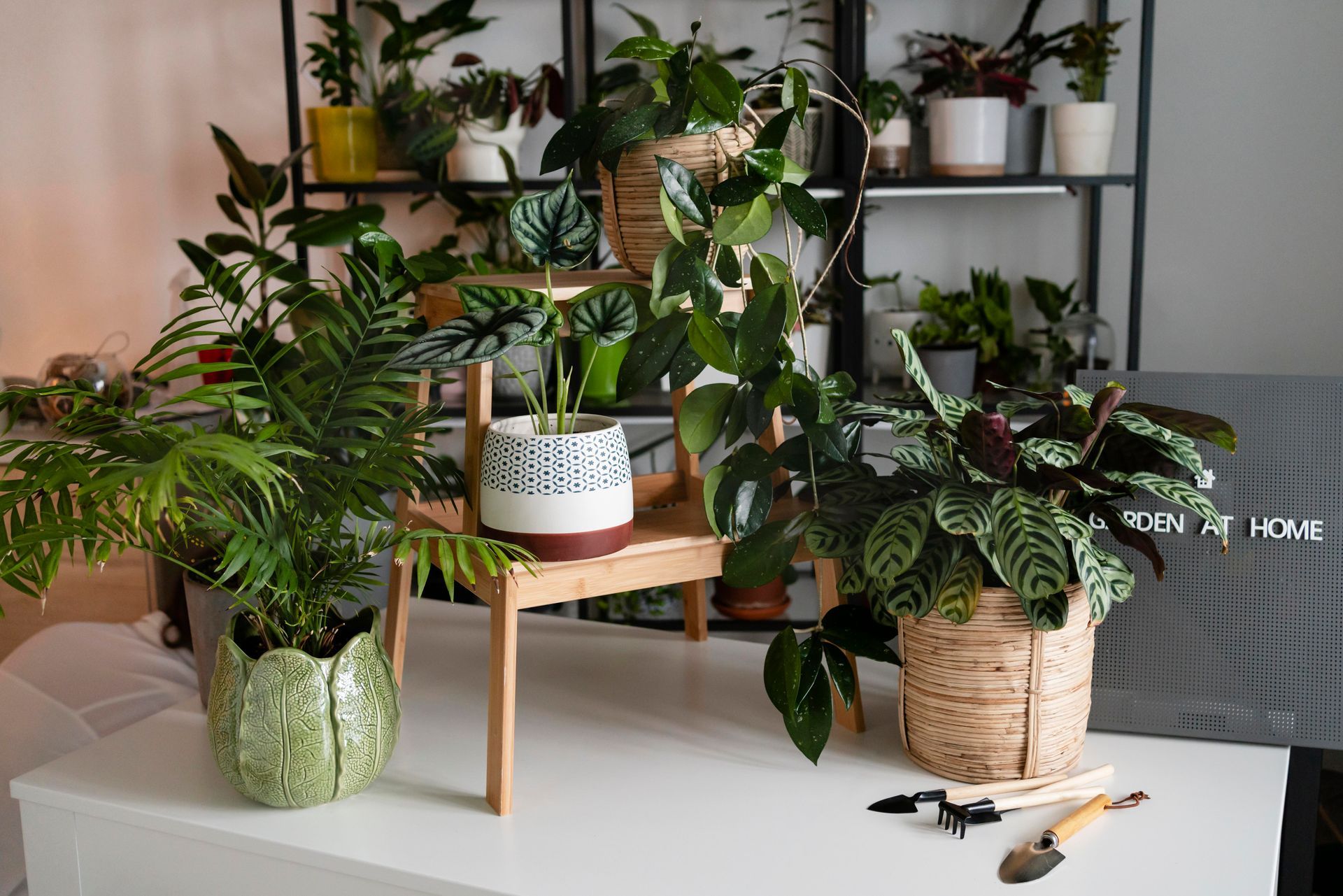July is a time for action!
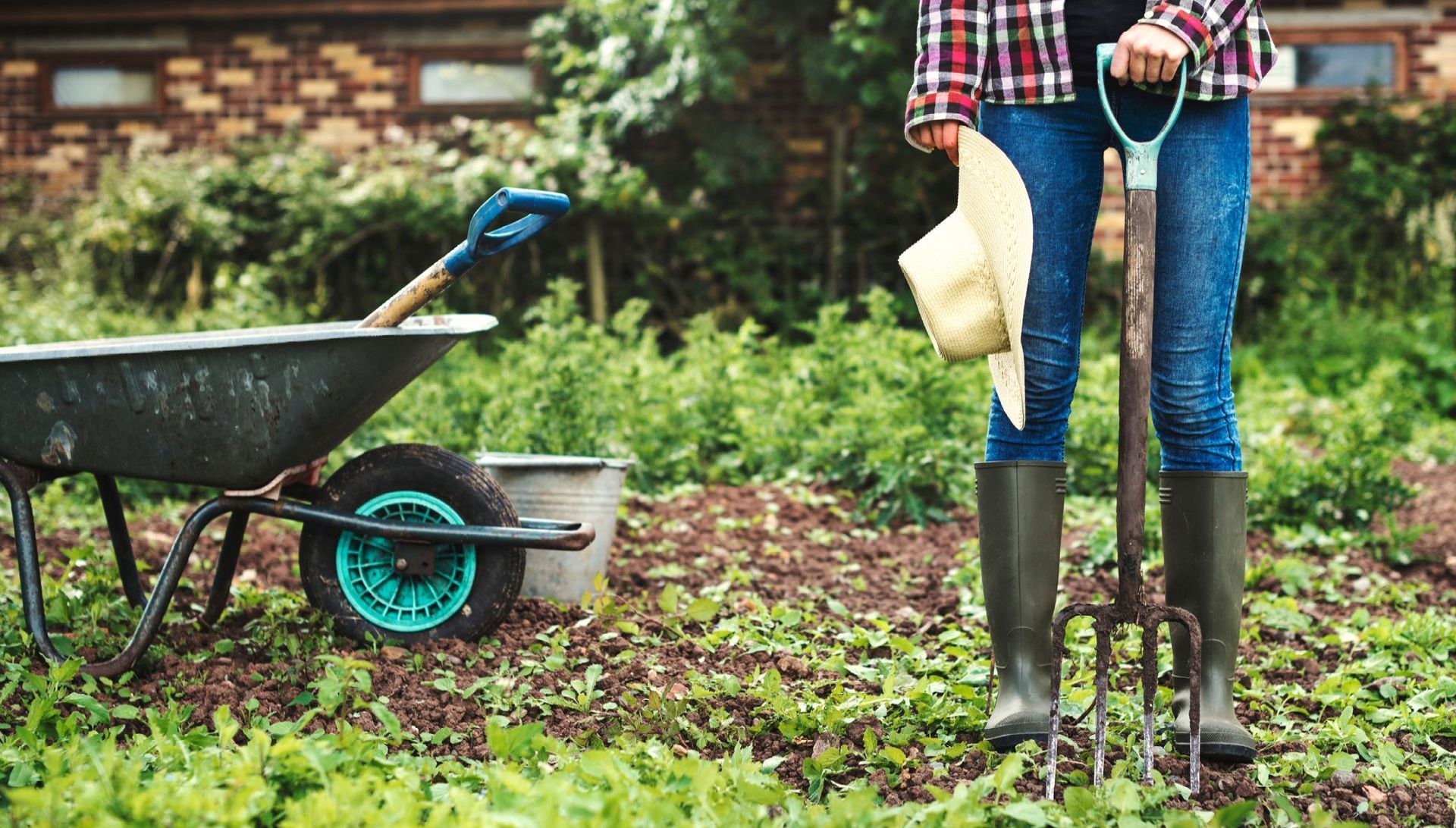
Although the weather is chilly, the shortest day has passed and there’s a real sense of anticipation in the garden. July is a key time for action - sowing, planting, pruning, planning and preparing for the fresh, vibrant seasons just around the corner.
With thoughtful planning now, your garden will thrive through spring and beyond.
In the Vegie Patch
Now is the perfect time to sow onion seed or plant onion seedlings. Choose a sunny, well-drained position that’s been generously limed. If sowing from seed, make sure to use fresh, viable seed - not leftovers from last year. For even seed distribution, mix with a small amount of propagation sand or washed river sand, then gently sprinkle into the prepared rows or furrows. Germination is usually quick, with shoots appearing in 3-4 weeks.
There are plenty of other winter vegies you can plant now, including:
· Asparagus · Broad Beans · Broccoli · Brussels sprouts · Cabbage · Kale · Peas
· Radish · Rhubarb · Seed potatoes · Spinach · Spring onions
Why not try a Mushroom Growing Kit indoors? It’s a fun, hands-on activity the whole family can enjoy - and growing your own mushrooms at home is both easy and incredibly rewarding.

July is your last chance to sow Green Manure crops before spring.
Green Manure is a brilliant way to revitalise tired garden and vegie beds over winter - and it’s equally effective as a first crop when establishing new garden spaces. It helps improve soil structure by opening up compacted ground, adding valuable humus and nitrogen, and suppressing weed growth. The deep-reaching roots hold the soil together and help lighten its texture.
Simply allow the crop to grow, then dig it in - as it breaks down, it enriches the soil with organic matter and nutrients.
Our premium green manure mix contains Oats, Dun Peas, Lupins, and Rye Corn - the perfect blend for building healthier, more productive soil.
For best results, broadcast the seed by hand (mixing with a little sand helps with even distribution), then rake lightly to cover. Be sure to keep the seed moist during germination.
Fruit & Berries
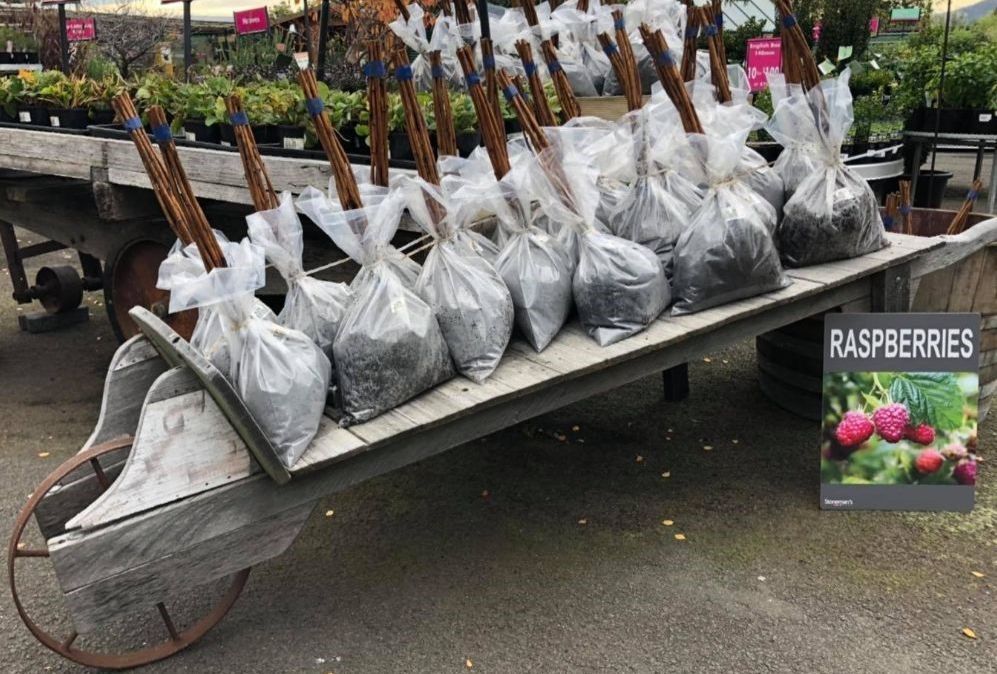
Deciduous plants might look bare right now, but they’re busy storing up energy for the big season ahead. It’s the perfect time to plant new-season deciduous fruit and ornamental trees. There’s a fantastic range available, including handy dwarf varieties that are great for smaller spaces. Before planting, soak the roots in Macroboost KickStart to boost root development and reduce transplant shock. Read our blog on Planting Bare Root Trees & Roses for a step by step guide.
- Prune deciduous fruit trees, berries, and vines to shape young trees and encourage strong future growth. Avoid pruning cherries and apricots during winter, as they may bleed and are more prone to disease - instead, prune after fruiting.
- Spray stone fruit (like peaches and nectarines) with Lime Sulphur to prevent fungal issues. Spray during dormancy and again at pink bud stage (just before flowers open). Avoid spraying if rain is expected within 24 hours.
- Winter strawberry runners are available now in bundles of ten - excellent value for early planting. Potted strawberries will be available again in spring.
- Prepare beds and plant berries such as raspberries - fresh dormant stock has just arrived!
- Spray berries with Lime Sulphur to reduce the risk of fungal problems.
Winter Beauty in July
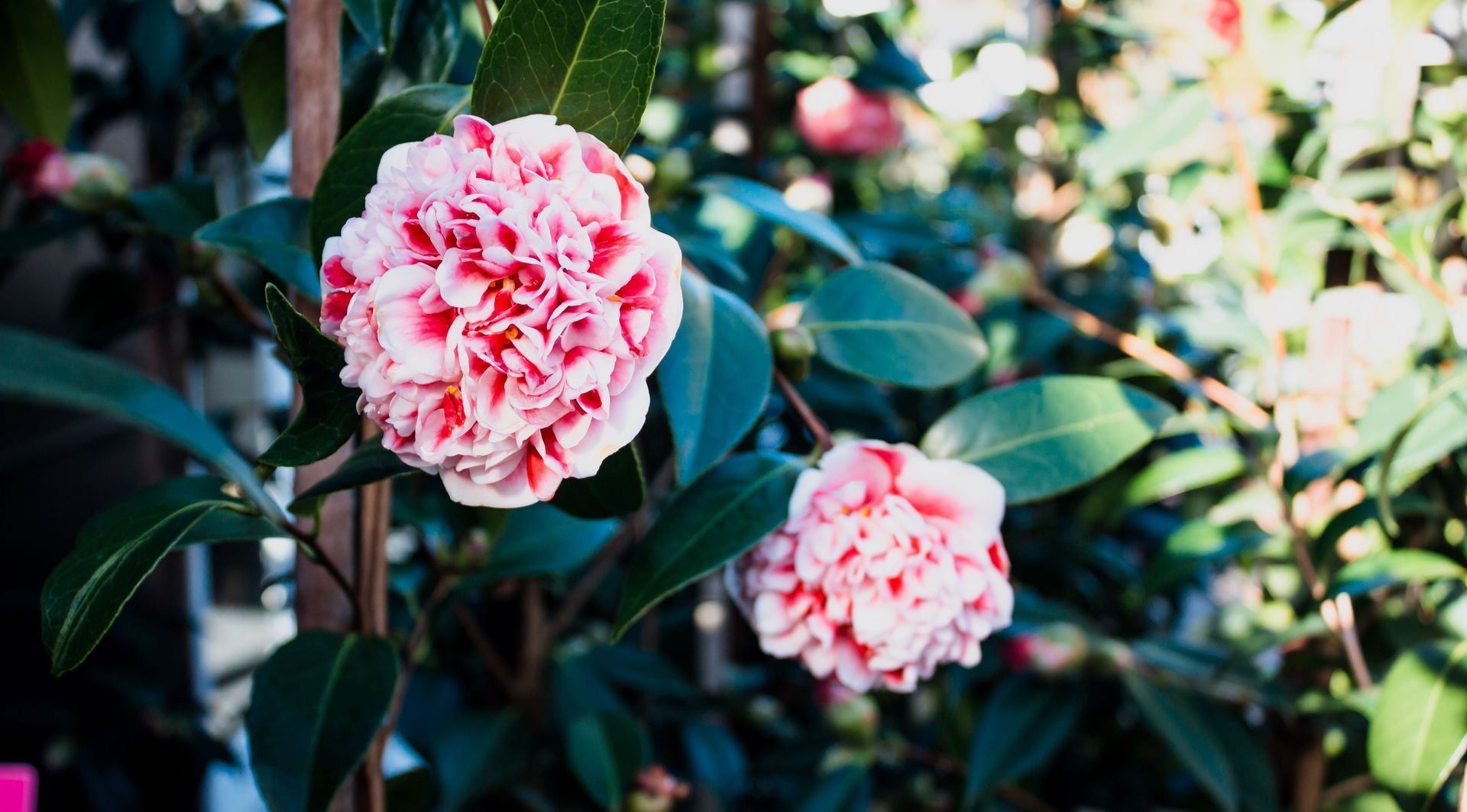
July might be cold, but Tasmania's winter garden is anything but dull. This is the time when some of our most elegant and fragrant shrubs take centre stage -offering colour, texture, and perfume when we need it most.
Camellias are a true winter highlight. Japonica varieties are beginning to bloom now, bringing bold, structured flowers in reds, pinks, and whites. Their glossy green foliage provides year-round structure, making them excellent hedging or feature plants and look sensational in pots.
Rhododendrons and Azaleas are also showing their buds, with early varieties offering bursts of colour in sheltered spots. These acid-loving shrubs prefer part shade and protection from harsh winds - perfect for tucked-away garden corners or under deciduous trees.
Daphnes are treasured for their exquisite perfume. Daphne odora is starting to flower now, filling the winter air with sweet scent. Plant them near paths or entrances where you can enjoy their fragrance daily. They love well-drained soil and thrive with a little lime and mulch to keep roots cool.
These winter performers pair beautifully with Hellebores, Cyclamen, and winter foliage plants, creating a layered garden that offers interest right through the colder months.
We currently have a great range of stock and variety available, so it’s the perfect time to plant and enjoy these cold-season favourites.
Lilac trees benefit from a winter application of lime and removal of any suckers. Unlike most grafted trees, lilacs should be planted with the graft just below soil level. If you notice privet suckers near your lilac, it may have been planted too high.
Winter Rose Care
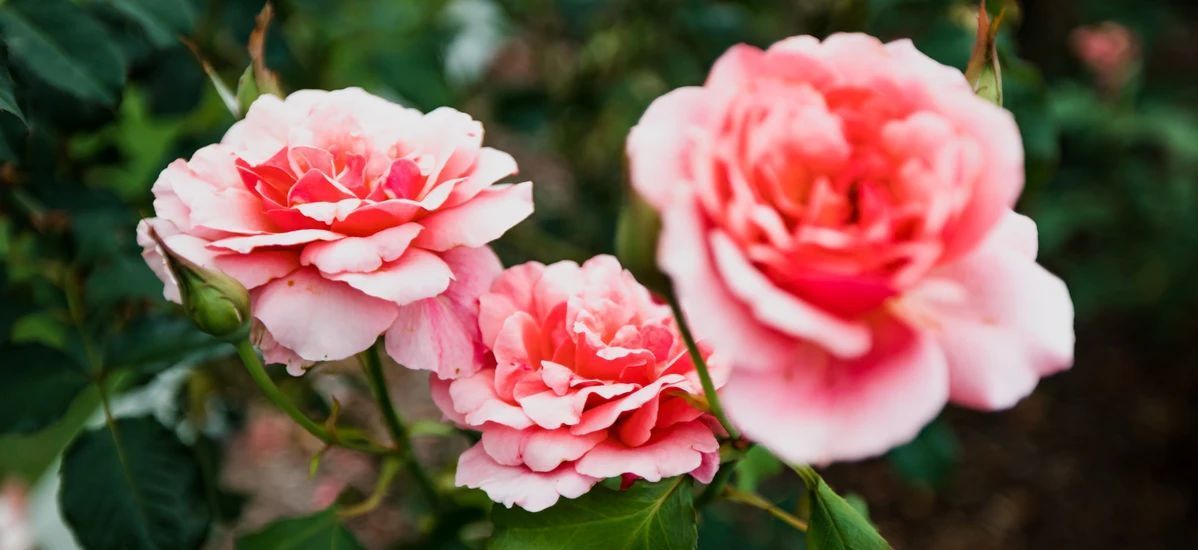
Winter is the ideal time to care for your roses and set them up for a strong spring display.
Start by pruning to remove dead, damaged, or crossing branches and to shape the plant - this encourages healthy new growth and better air circulation.
After pruning, apply a winter spray such as Lime Sulphur to control overwintering pests and fungal diseases like black spot and powdery mildew. Clear away any fallen leaves or debris around the base of the plant, as these can harbour disease.
Finish with a layer of mulch to suppress weeds and protect roots from cold. A little effort now will reward you with vigorous, blooming roses in the months ahead.
Extend Your Growing Season with a Greenhouse
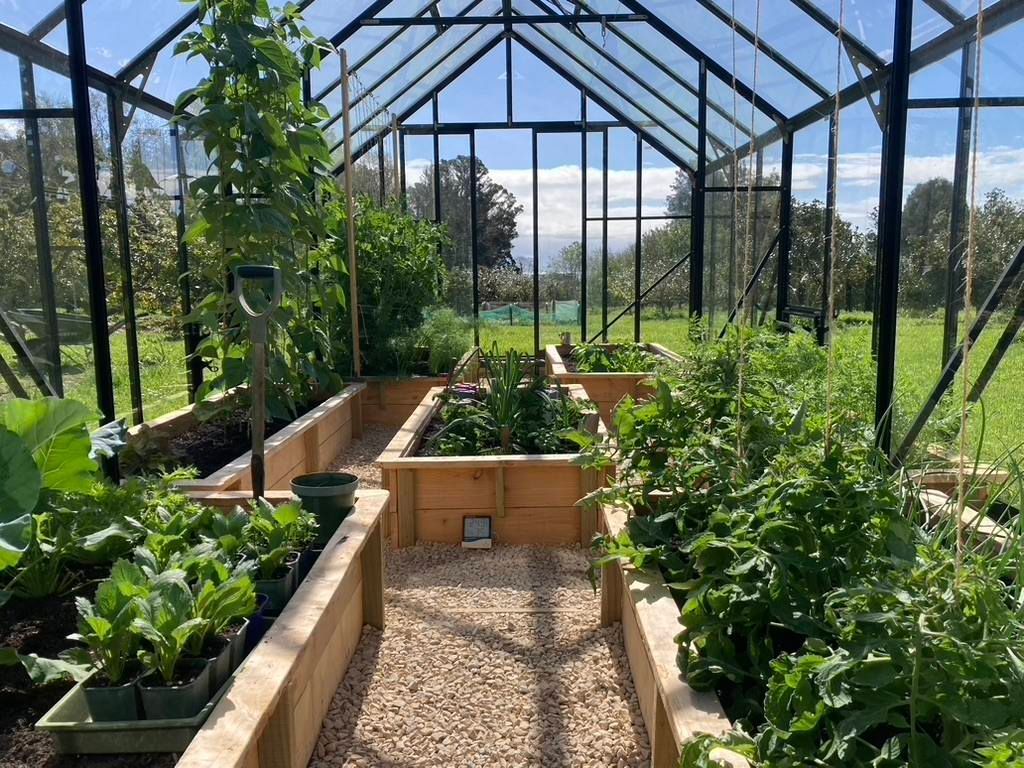
For gardeners looking to make the most of the winter season, a Winter Gardenz Greenhouse is a smart investment.
Designed for the cooler Tasmanian climate, these high-quality greenhouses offer reliable protection from frost, wind, and chilly conditions - helping you extend your growing season with ease. Perfect for raising seedlings, cultivating winter greens, or getting an early start on spring planting. Available in a variety of sizes to suit any garden space.
Planning Ahead
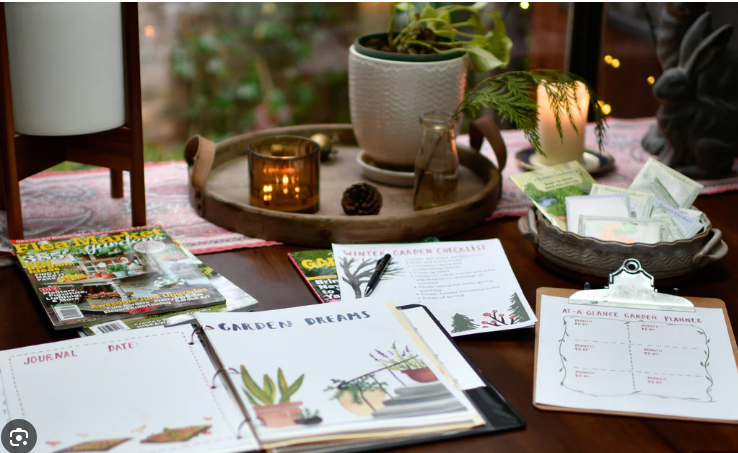
Winter is the perfect time to:
- Clean and sharpen your garden tools
- Review your planting plans for spring
- Top up compost bins with prunings and kitchen waste
- Weed and mulch garden beds to keep them tidy and protected
- Indoor plants - cut back on watering, tidy up and remove old leaves. Make sure your plants aren’t too close to heaters or in the direct path of heat pumps, as this can dry them out or cause heat stress. Read our blog on Caring for Houseplants in winter.
- Control Lawn Grubs before they cause damage.
- Apply Ground Breaker to clay soils to improve drainage and overall plant health.
- Spray Gladioli corms with Eco-Insect Killer (Natrasoap) to deter thrips.
- Check and clean your tools, pots, and greenhouse areas - stay ahead before spring arrives.
- Add a Green Manure Crop to resting vegie beds to enrich soil.
- Control Moss in lawns with Moss Killer & Lawn Food
- Control Moss and algae on paving withWet and Forget
Need help getting started?
Come and see us at Stoneman’s Garden Centre - we’ve got expert advice, fresh seasonal stock, and all the essentials to help you create a thriving and beautiful garden this winter.

